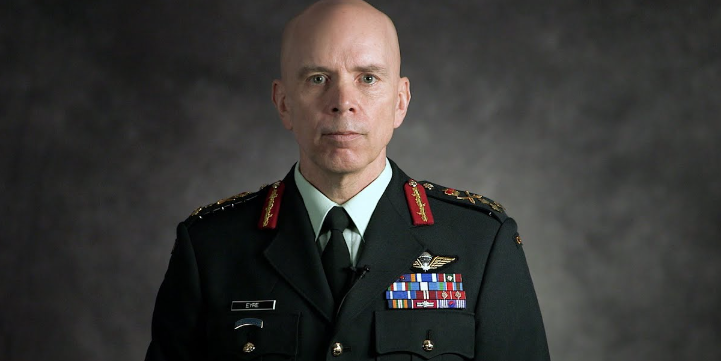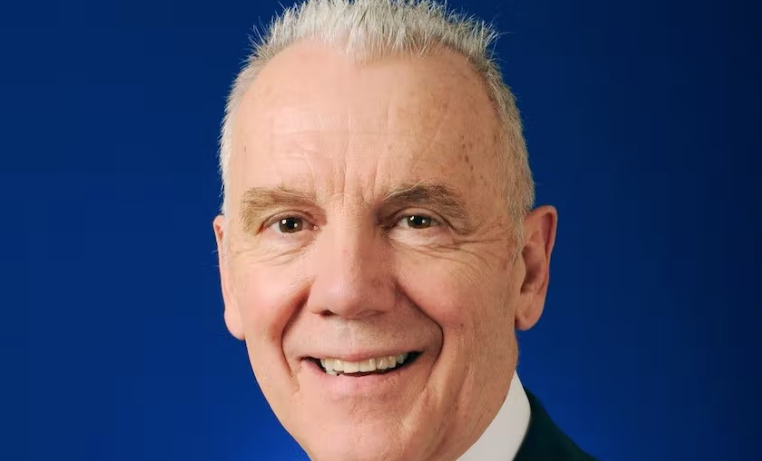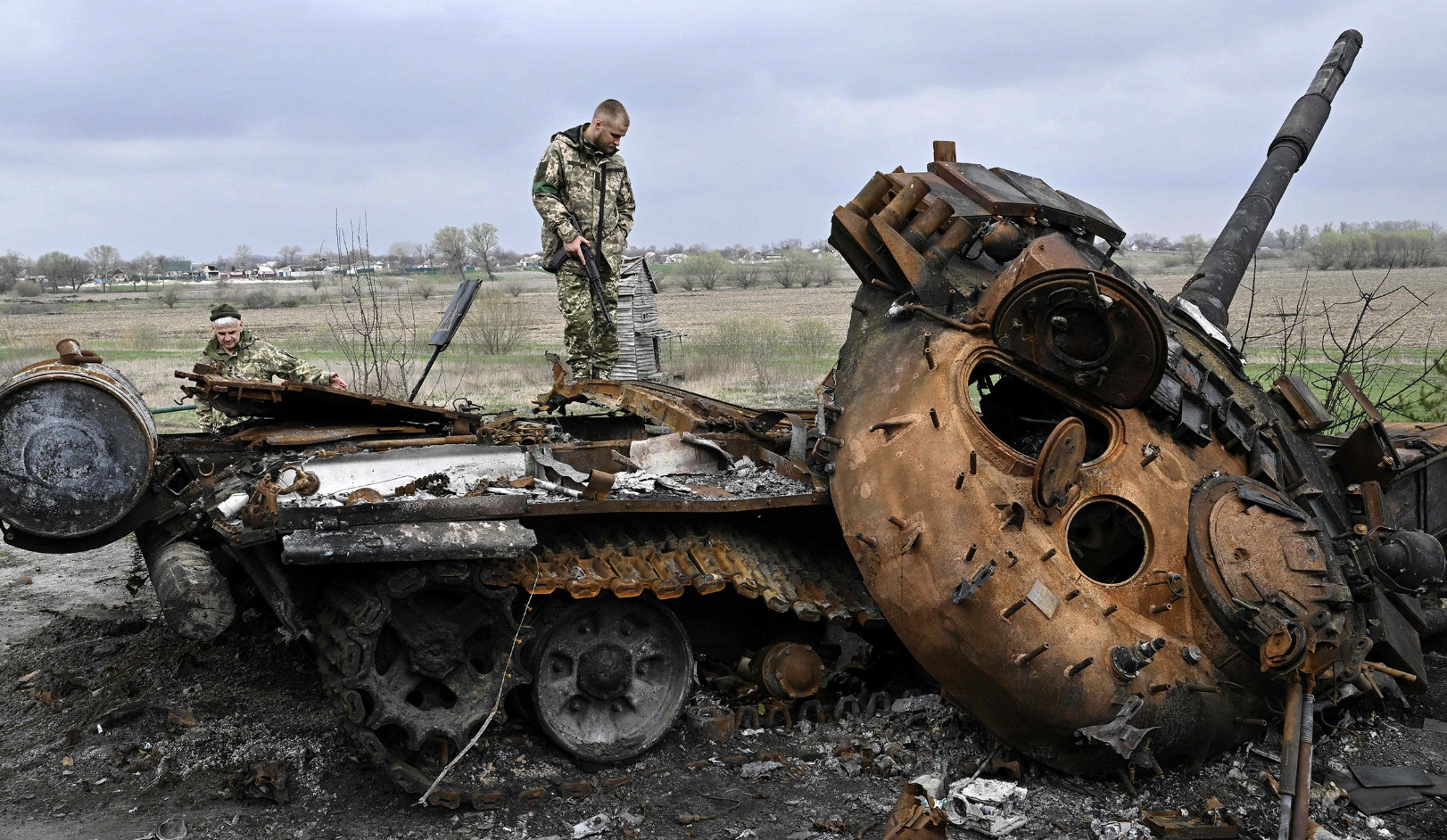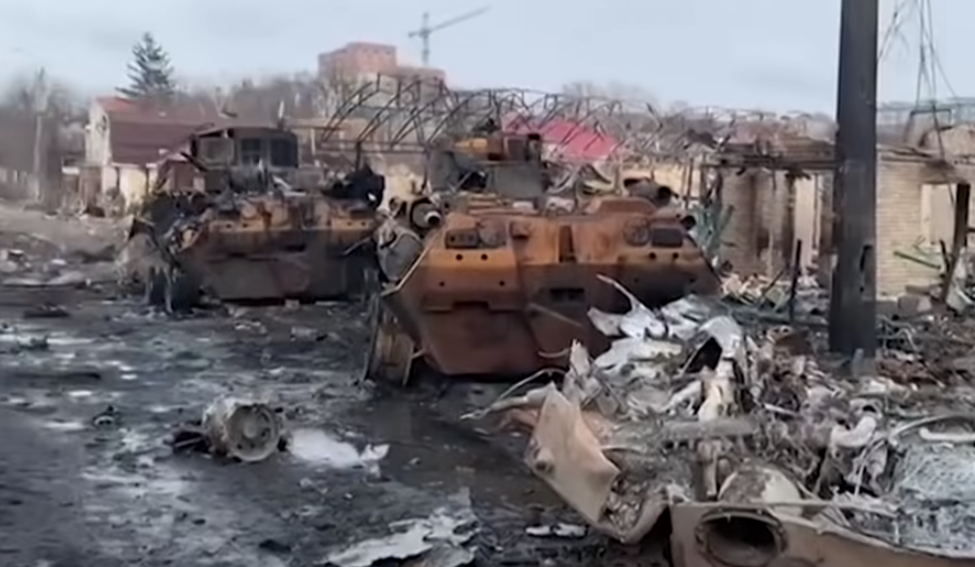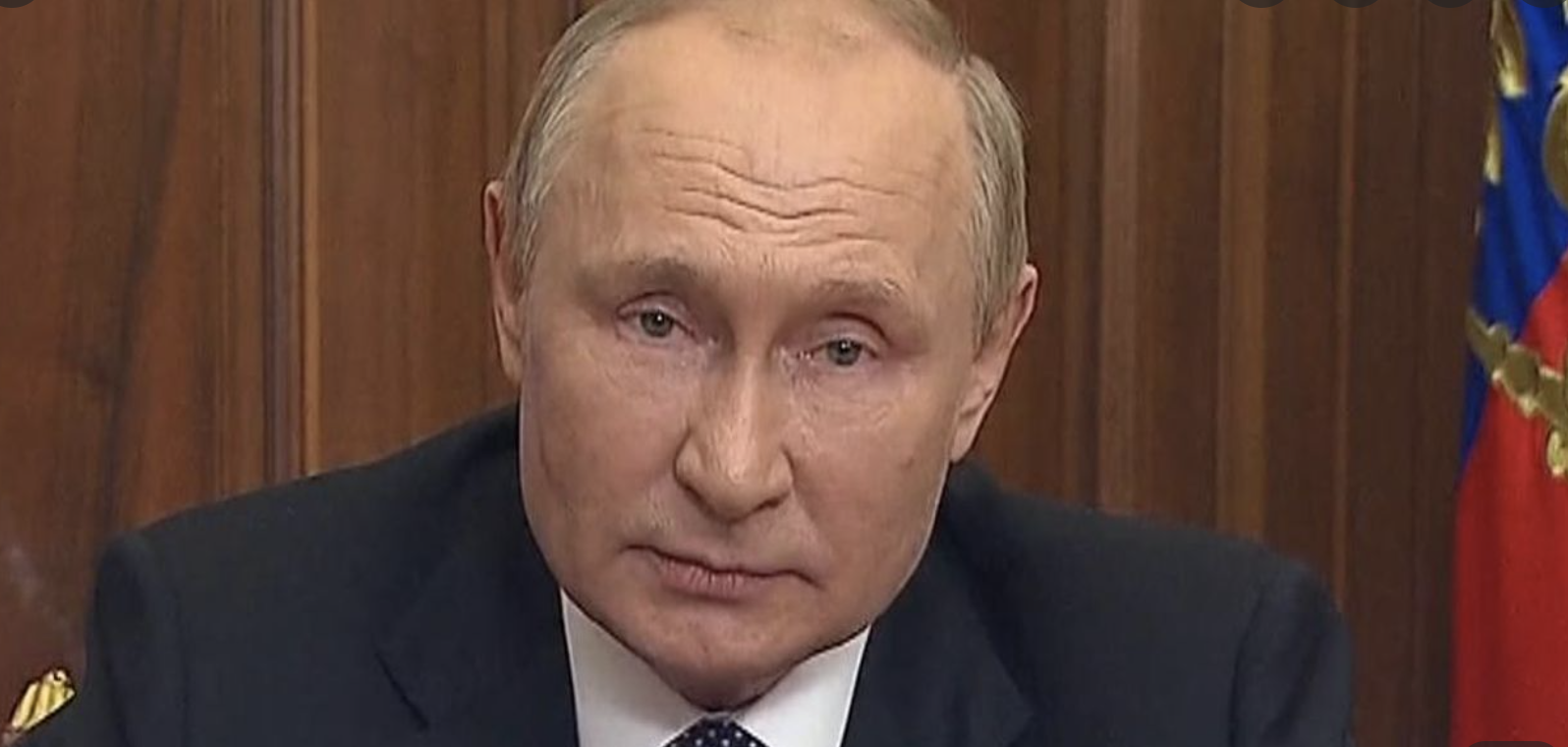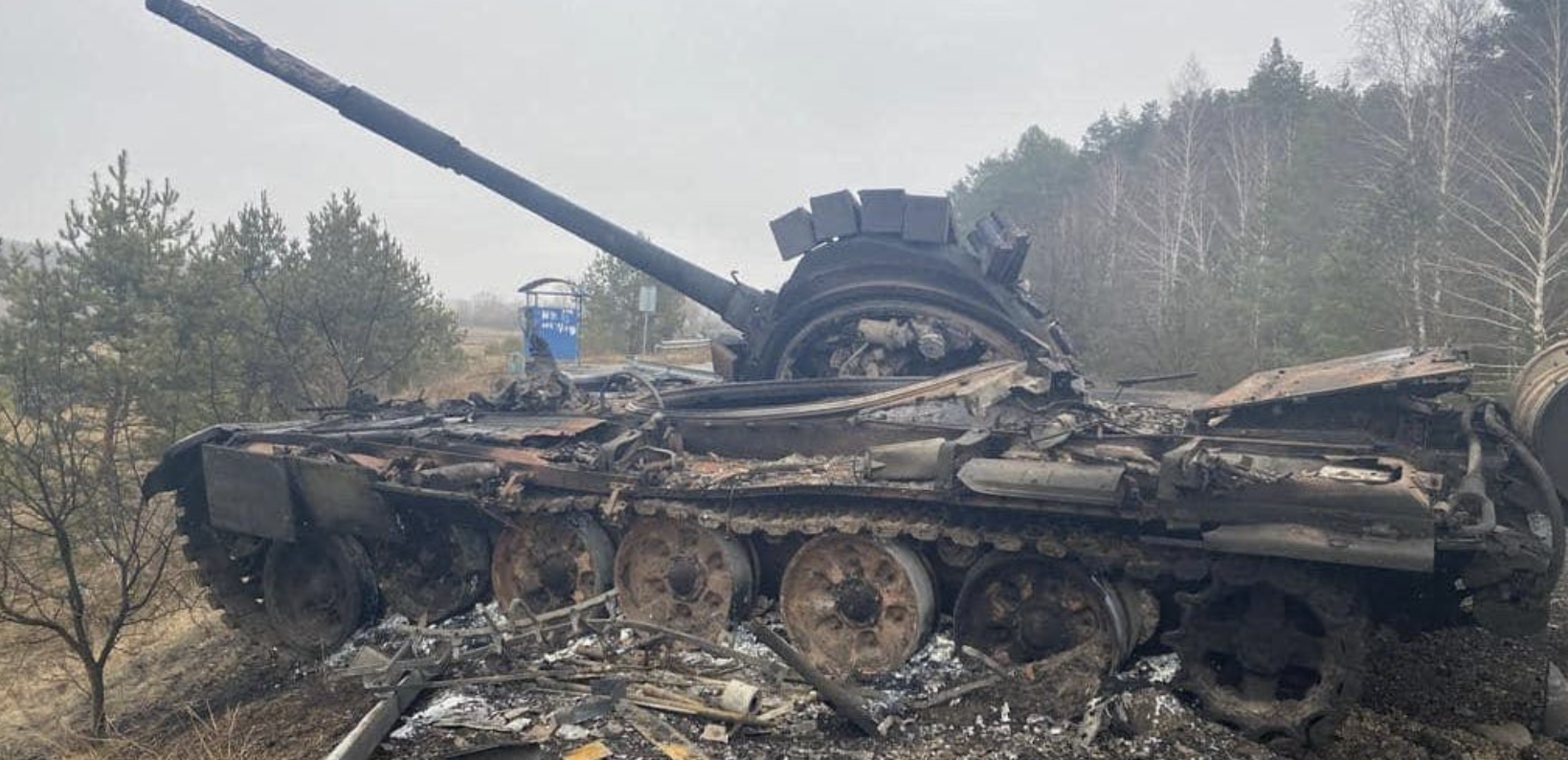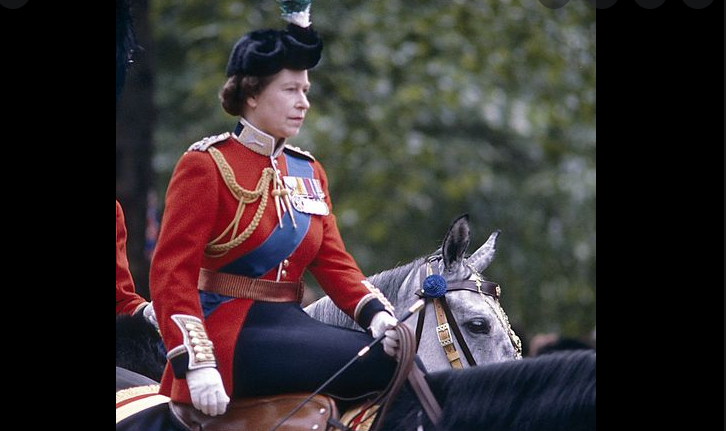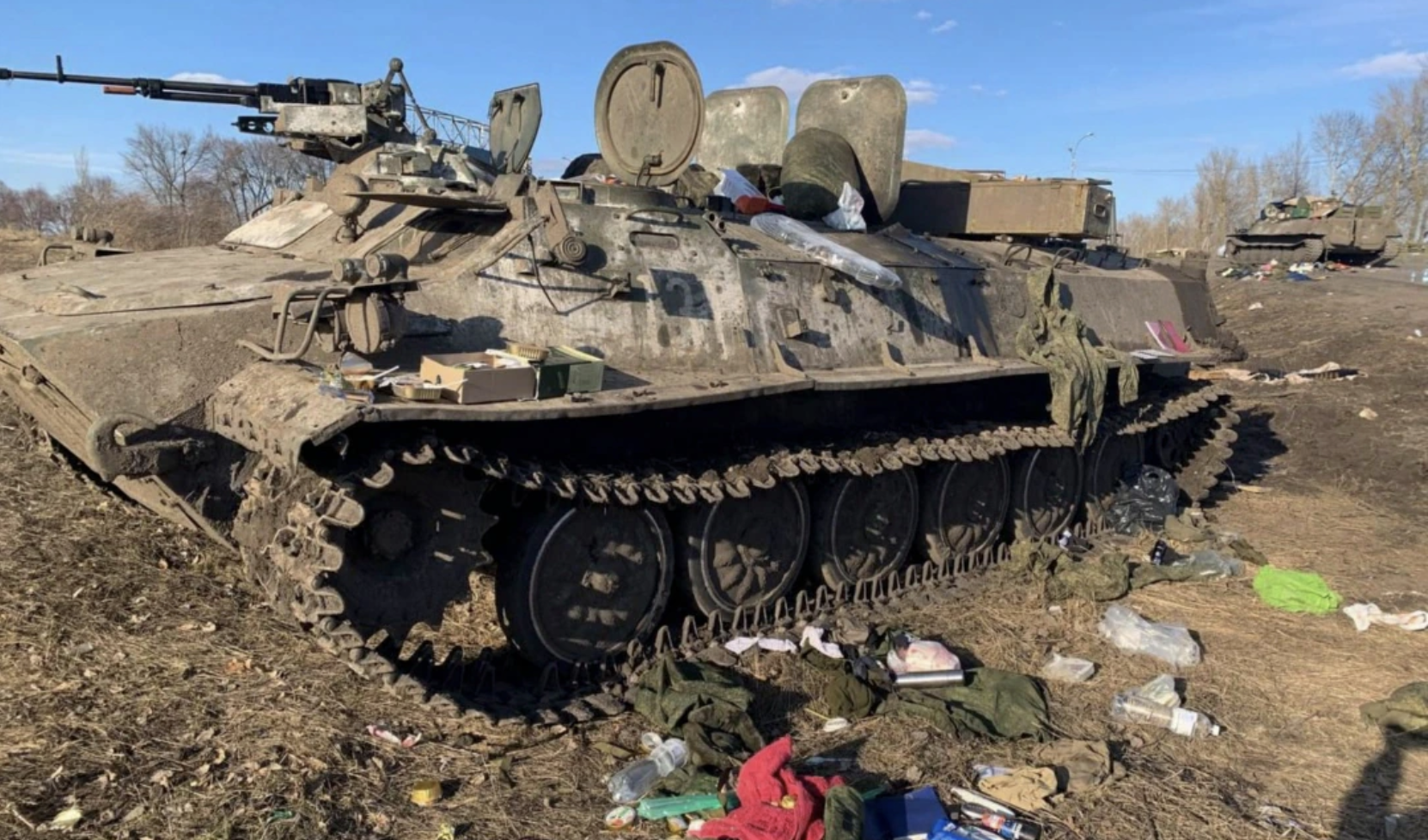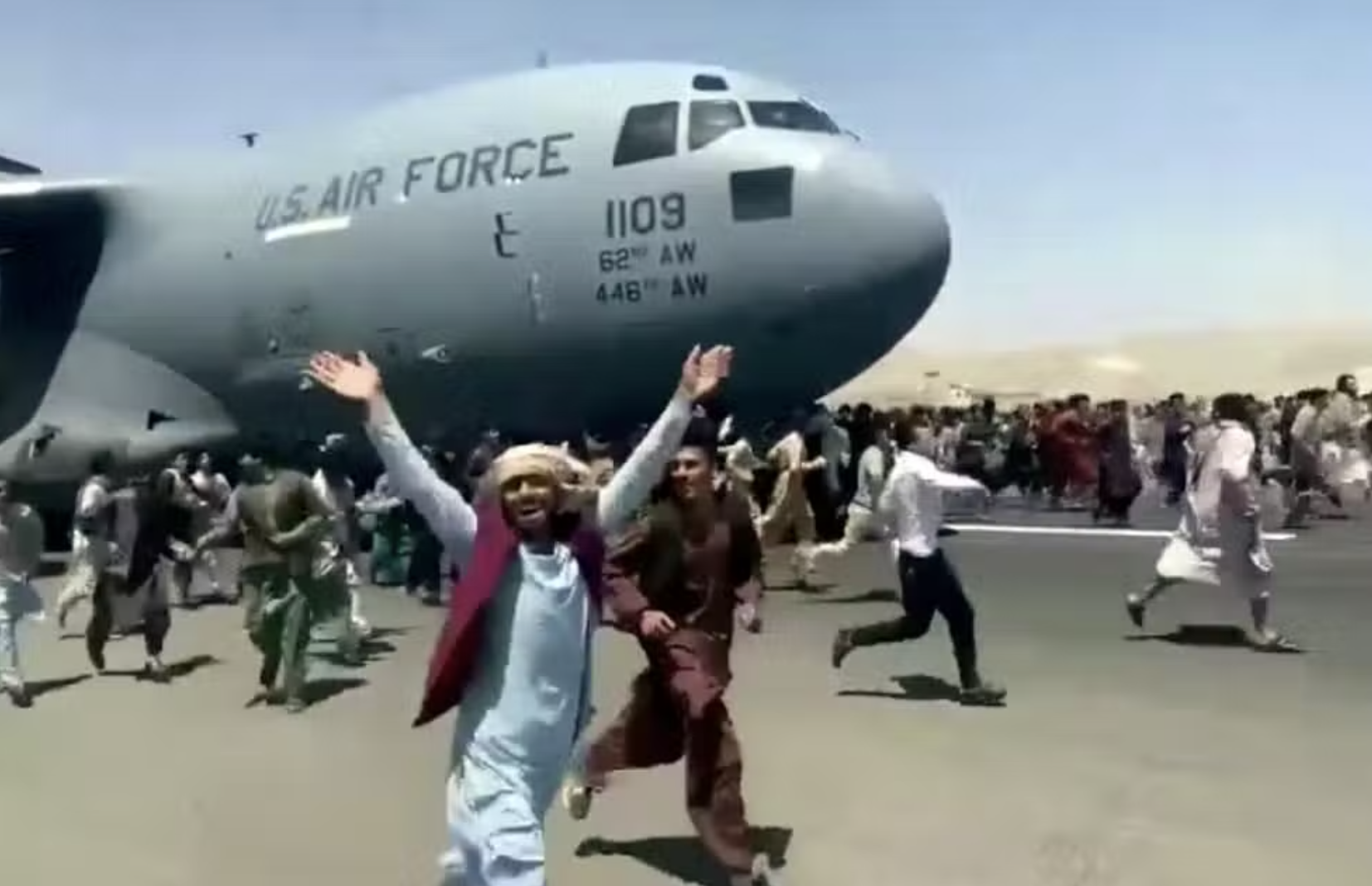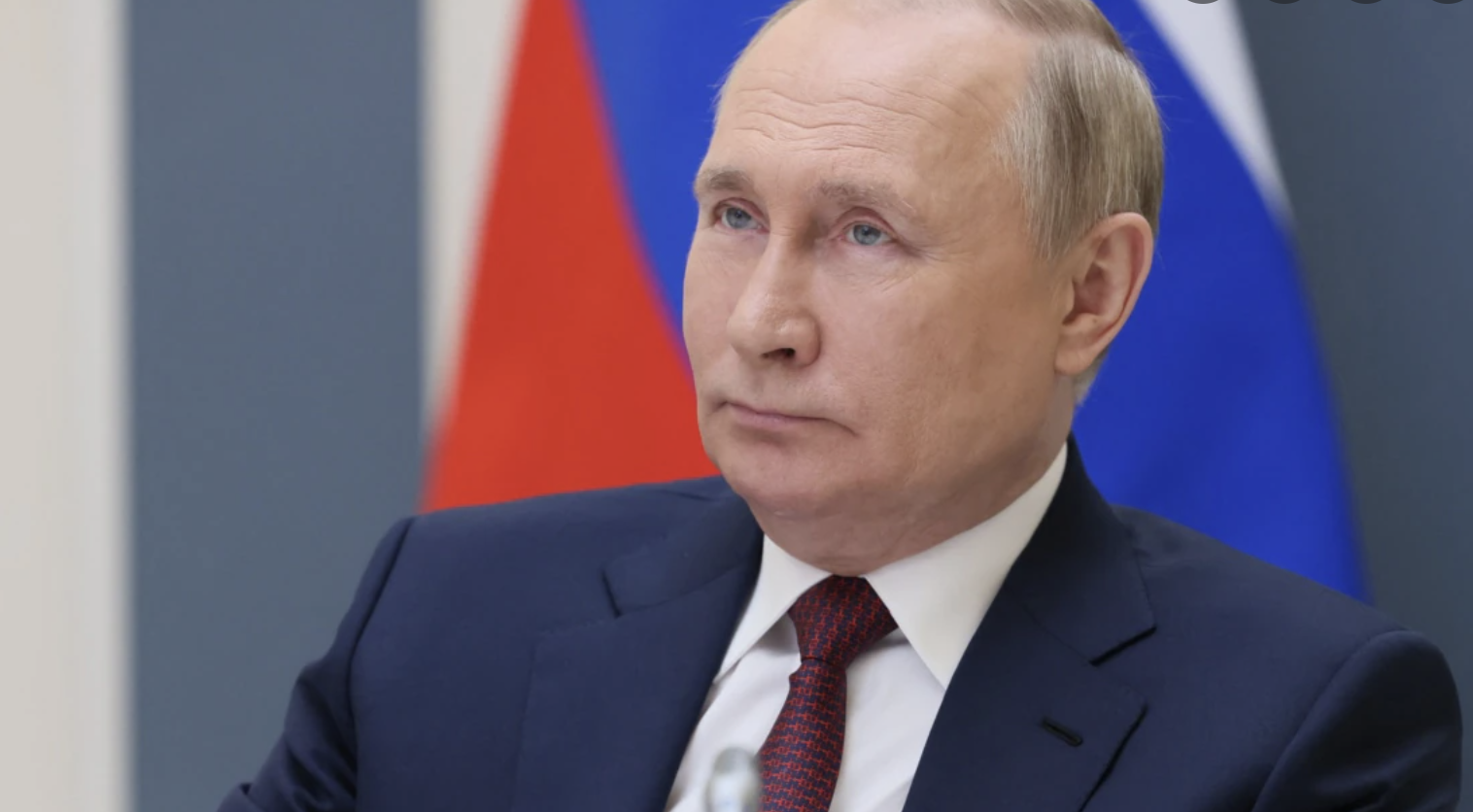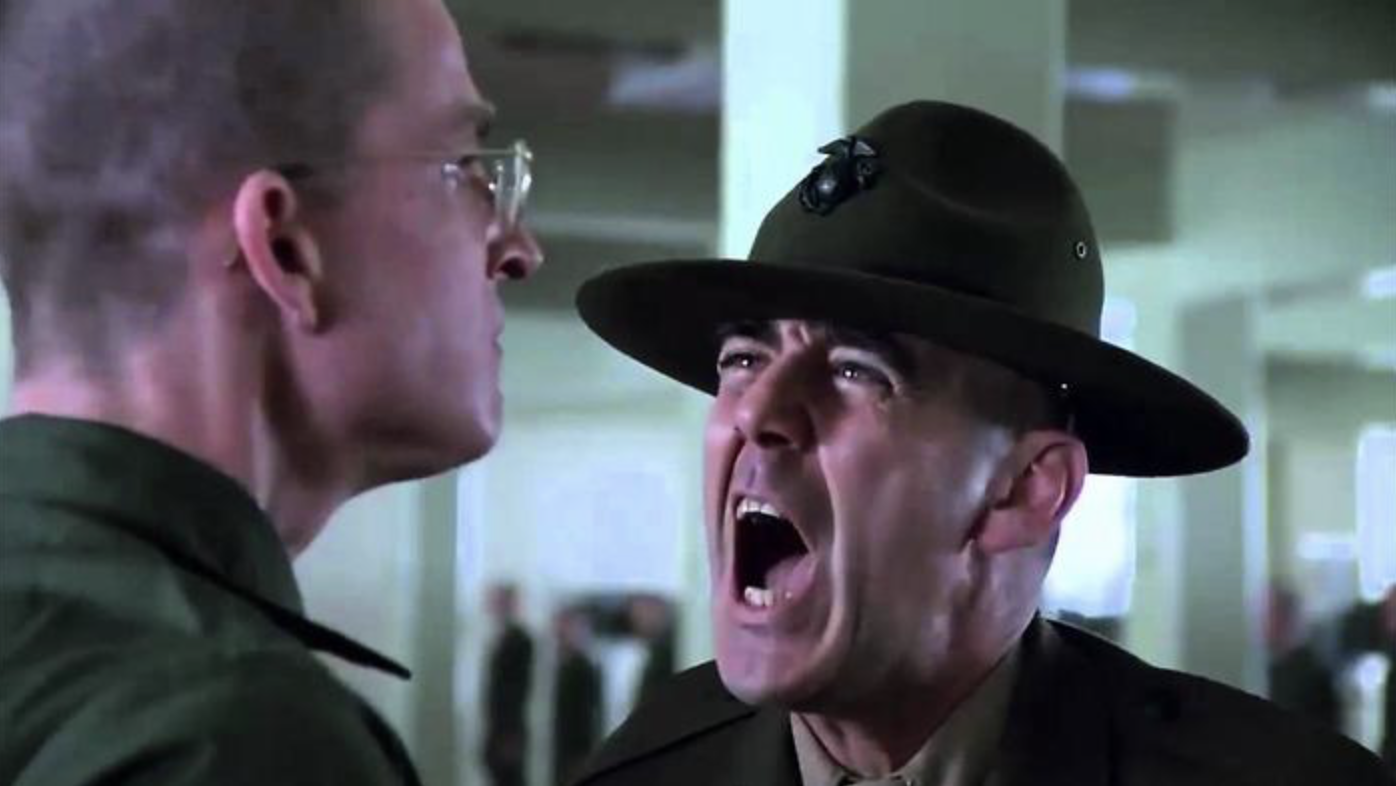Photo credit: TOP GUN 2 Maverick
By Scott Taylor
At the end of August, there was a bizarre story about a military investigation into potentially offensive comments made by Air Force pilots at a call-sign meeting.
For those readers who have not watched Tom Cruise’s 1986 Hollywood blockbuster Top Gun or the recently released sequel, Top Gun: Maverick, call signs are an important element of the elite fighter pilot culture.
According to RCAF spokesman Col. Adam Thompson, “The call sign has a practical purpose and is used for brevity and quick identification while removing some flight leadership barriers that may arise by rank or position.”
The call sign selection takes place at the unit or squadron level and involves suggestions from fellow pilots. Once assigned, that moniker remains with the pilot throughout his career.
This all sounds rather innocuous, which is why the RCAF’s late August announcement generated such public interest.
In a statement from RCAF Commander Lt-Gen Eric Kenny, it was announced that pending the results of the call sign investigation, the scheduled change-of-command ceremony in CFB Bagotville, Quebec was being postponed.
It was revealed that the call sign assignment meeting in question had taken place at CFB Cold Lake, Alberta in June 2022. With no details released by the RCAF as to the nature of the allegedly offensive commentary, it was left to pundits such as myself to surmise that whatever was said must have been “incredibly offensive.”
The fact that two months after this call sign meeting took place, a senior officer’s assignment was put into limbo while military police investigators probed the incident, certainly added to the gravitas.
Myself and others questioned how any officers in the Canadian Armed Forces would still think it acceptable to utter any potentially offending remarks in the current socially aware climate.
At the time of the alleged incident, the CAF had been under a near continuous 19-month long, media crap storm for sexual misconduct at the senior level.
For that reason I opined that the offensive call sign comments under military police investigation were unlikely to have been sexual in nature. However, it turns out that our uniformed, commissioned officers with the skill set to fly a modern fighter plane, do not necessarily require common sense.
Despite the RCAF’s best efforts to keep the call-sign quiet, in this era of social media posts, it was only a matter of time before the offensive content surfaced.
As reported by David Pugliese in the Ottawa Citizen we now know that the call sign which would be used to identify a male pilot was based on a consensual sexual relationship with a female Canadian Forces Officer.
That female officer subsequently had a consensual same-sex relationship. Armed with this knowledge, the RCAF fighter pilots assigned their colleague the call sign FAWG. This is an acronym for “F***ed a Woman Gay.”
One can easily understand why the RCAF senior brass would not want the details of this call sign made public.
However, as long as the nature of the offensive content remained unknown, the usual apologists could safely claim that this was yet another ‘woke’ overreaction to some harmless jesting by a handful of fighter pilots.
Unfortunately, an estimated 30 RCAF personnel attended that call sign meeting when ‘FAWG’ was assigned and it took two months before any action was taken.
Only after a military member complained that this call sign was based on an abusive and derogatory comment against a female military member as well as the LGTBQ2+ community was the investigation initiated.
That someone in this current climate would think this call sign reference was in any way acceptable speaks to that individual’s lack of social awareness.
The fact that some 30 fellow officers either concurred with this call sign or failed to raise any objections, is clear proof of the toxic environment which still prevails.
Even the producers of the Top Gun: Maverick sequel had the good sense to include a female pilot, call sign Phoenix, who proved her worth as a member of an elite squadron.
According to Col. Thomson, assigning call signs “is meant to foster esprit de corps.” I think it is safe to say that in this instance the opposite result was achieved.
In the end, two senior officers were charged for allegedly failing to stop the assignation of the ‘FAWG’ call sign and junior officers are reportedly facing administrative action.
The two senior officers were docked play. While a number of junior officers are also facing administrative action the RCAF has declined to provide details on numbers of individuals or the actions that have been taken against them.


